I’m willing to bet you’ve probably encountered a hot sauce that’s a little too… runny for your fiery taste. Maybe you even wanna thicken hot sauce and also make it less spicy at the same time. You can easily thicken hot sauce by reducing the sauce or adding thickening agents like flour, cornstarch, or tapioca starch. But these aren’t the only ways, as I’ve got several more on how to thicken hot sauce. So, let’s jump right in!
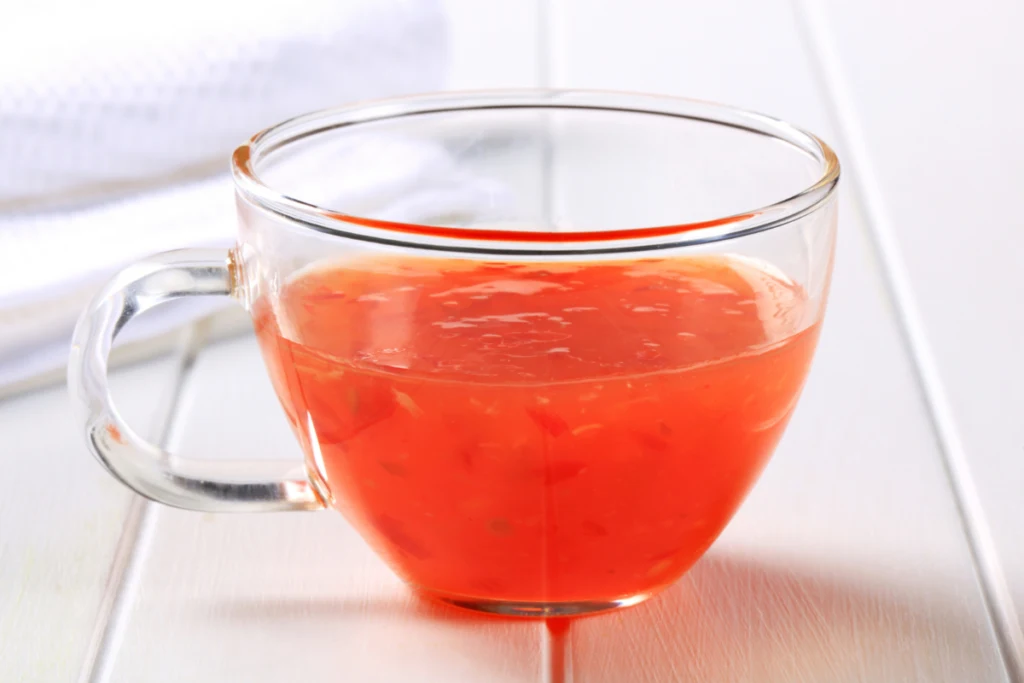
Jump To
Using Thickeners in Hot Sauce
Regardless if it’s a Louisiana hot sauce or a Tabasco, if you wanna know how to thicken hot sauce properly, you need to know some basics first behind some of the ingredients I’ll share. Hot sauces include a lot of acids, which interfere with the qualities of the thickening agents. For example, using a starch thickener helps the sauce cling to the tongue, but it can also block flavors.
You’ll need to find the best thickener that not only matches the sauce but also best suits your taste and health. With this out the way, let’s jump into several ways on how to thicken hot sauce.
Ways to Thicken Hot Sauce
Thickening by Reduction
The first and perhaps the least complex way to thicken hot sauce is to simmer it over low heat in a saucepan. This method works only if your hot sauce already has sugars, thickener, and solid base ingredients.
We’re “reducing” the liquid to evaporate the liquid. At the same time, the sauce becomes more concentrated, increases flavor, and adds smokiness. So make sure to not reach a full boil, as the boiled hot sauce will have an altered flavor and even a burnt taste.
Thickening By Using a Thickening Agent Like Starch
Starches are available in many different forms, prepared using different cooking techniques, and have only a few types that can be used to thicken hot sauce. When using starches such as flour, cornstarch, or arrowroot powder, it entails more than just mixing the powder into your chili fused sauce.
If the starch is added directly to the pot in this manner, it will immediately clump and not disseminate evenly throughout the scorching mixture.
To combat this, you’ll need to create a slurry. In a small bowl, combine equal parts starch and cold liquid and smooth down until a paste forms, forming the slurry. Bring your slurry to a boil in the hot, simmering liquid you want to thicken. Continue whisking and boiling at the same time until there is no longer any taste of starch.
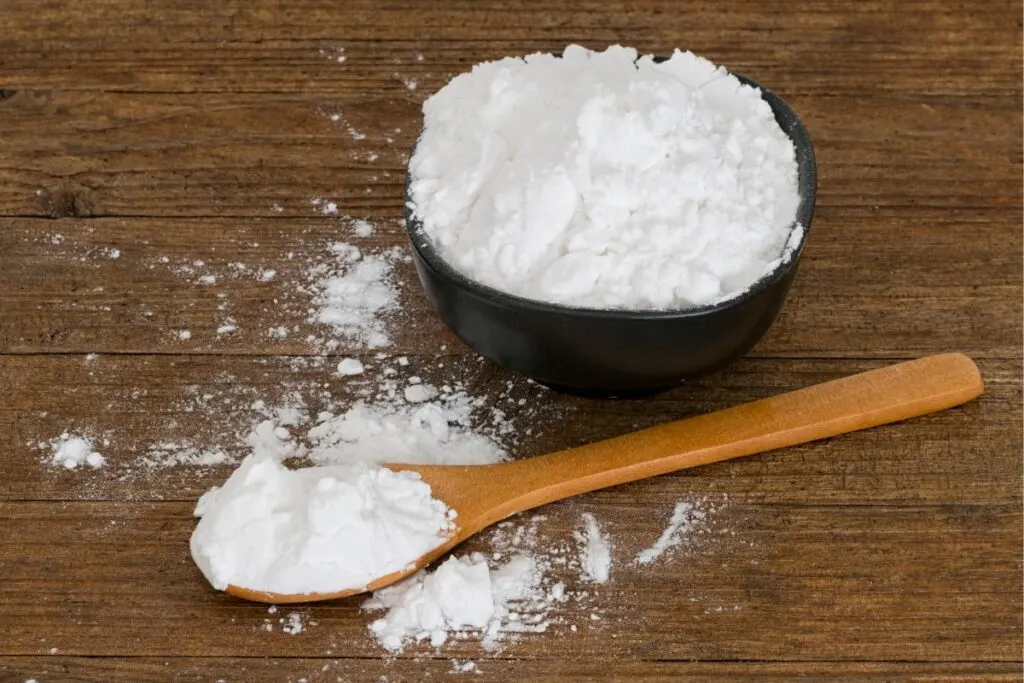
Use Flour
Flour, commonly employed to thicken gravies and create roux, can serve as an excellent thickening agent for hot sauce. A small amount can elevate the texture of hot sauces like a garlicky habanero, restoring them to a delectable state. To integrate flour smoothly, prepare a slurry with cold water, whisking thoroughly to prevent lumps.
Incorporate the mixture into simmering hot sauce over low to medium heat. Patience is key to avoiding a raw-starchy taste when using all-purpose flour, as it requires sufficient cooking time. While it is vegan, it’s not gluten-free due to its wheat-based processing.
Use Cornstarch
One of the most common of all starches is cornstarch. Derived from corn, it’s vegan and gluten-free. This transparent and flavorless starch is extremely versatile and can be used in both savory and sweet dishes as well as in thickening your hot sauce.
One of the upsides of corn starch is that it’s widely available and inexpensive. However, cornstarch will also break down in a sauce that’s too acidic. To prepare, mix a tiny bit of cold water before adding it to your simmering hot sauce. Remember that a little bit goes a long way, so start small and adjust as necessary.
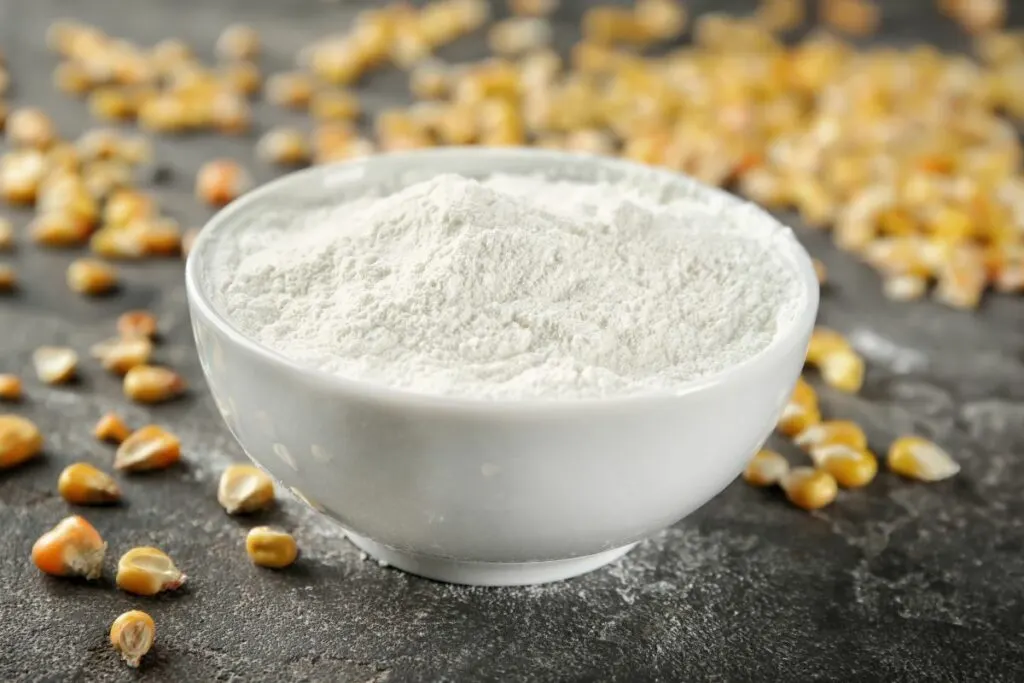
Use Arrowroot Powder
Arrowroot powder is a colorless, flavorless, and gluten-free thickener derived from many tropical plants such as arrowroot plant, tapioca, and cassava. It has twice the thickening ability of flour and can withstand acids that generally break down other starches.
It works great in sauces, preserving the clarity of your hot sauce and not diluting its deep hue. Compared to starches and flour, it holds up well against an acidic hot sauce recipe.
Use Coconut Flour
Finely ground from dried coconut meat, coconut flour has a lower glycemic index than traditional flour. It’s naturally vegan and gluten-free, with a rich texture and unique sweetness that makes it a great thickener for hot sauces. Coconut flour also works well in hot sauces that have an Asian flair, as it lends added sweetness and a bright coconut flavor equal to coconut milk.
To thicken, sift 1 part coconut flour, then whisk together with 1 part cold water to create a slurry. Stir the slurry into simmering hot liquid for a thicker hot sauce. You can thicken, for example, a scotch bonnet pineapple mixture with coconut flour to improve texture and its tropical allure.
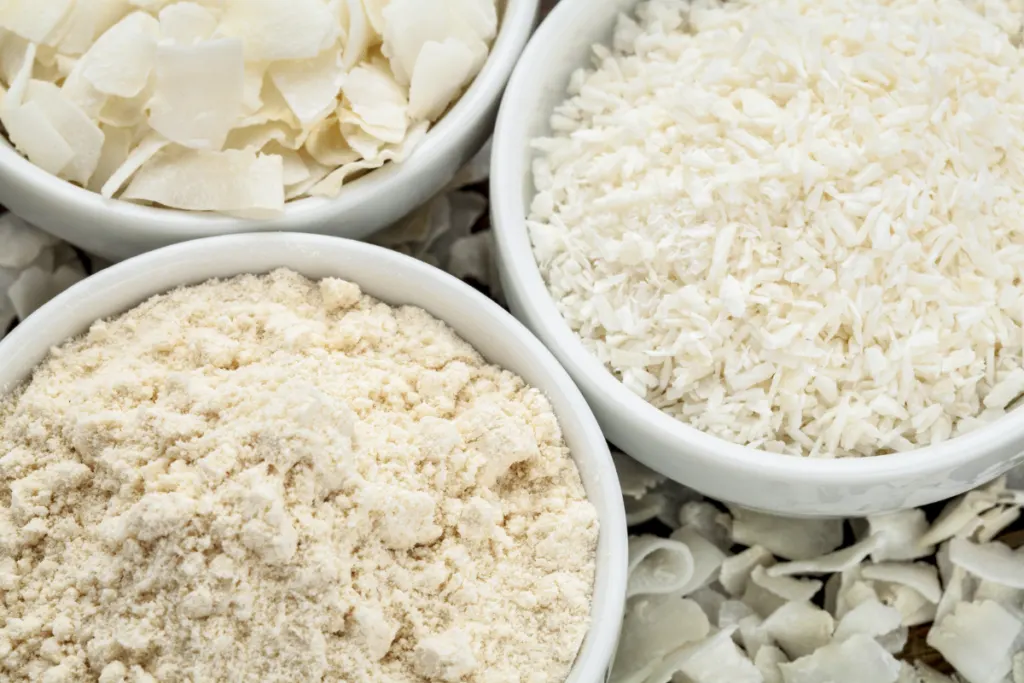
Use Potato Starch
Another vegan and gluten-free thickening ingredient that works well is potato starch. Potato starch is, as the name implies, starch extracted from crushed potatoes. It’s a favorite thickening and binding agent in many gluten-free recipes.
Potato starch is used in cooking and baking because it has a low gelatinizing temperature (lower than cornstarch) and thickens liquids faster when heated. Compared to cornstarch, it can withstand higher temperatures for shorter periods and is also colorless, odorless, and tasteless.
Thickening By Using a Thickening Agent Like Gum or Protein
Use Gelatin
Gelatin comes in powder or sheet form and is manufactured from collagen found in various animal body parts. It’s used to thicken many commercial snacks and desserts. Though not a vegan option, gelatin can help to thicken hot sauce too. Simply incorporate it into your sauce after dissolving it in warm water.
Gelatin’s long, string-like protein molecules wriggle around in the simmering hot sauce, and because it has a fairly low melting point, the protein strands have less and less energy to wriggle as the gelatin mixture cools. They eventually join together to thicken the meaty hot sauces like Asian chili garlic sauces or sambal oelek.
Use Xanthan Gum
Xanthan gum is a plant-based, all-purpose thickening agent and stabilizer that’s widely used to thicken sauces, gravies, and commercial hot sauces. When working with xanthan gum, it behaves similarly to gelatin, so a pinch goes a long way. It’s also great for producing that velvety texture without changing the flavor, as it’s virtually flavorless.
It’s both a near-instant thickener and stabilizer because as soon as it begins to combine with the liquid, it begins to thicken, so you don’t need to cook it to thicken the hot sauce. You can also use a blender because the mixture will thicken quickly and may clump if mixed by hand.
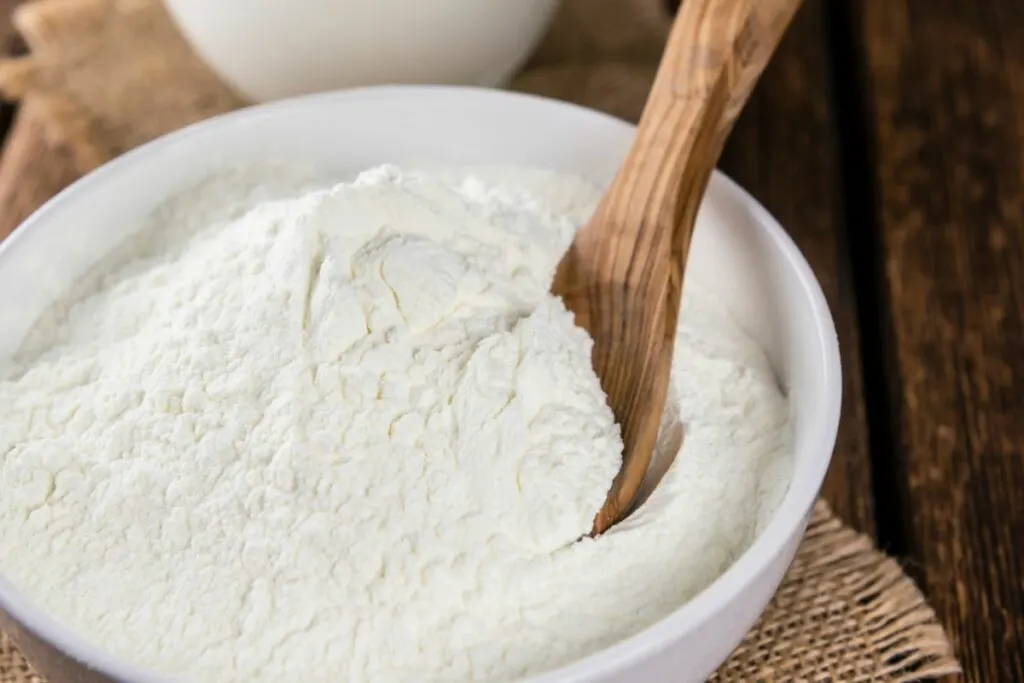
Use Agar-Agar
Agar-agar, also known as “kanten” or “agar,” is a jelly-like substance derived from red seaweed, which can be found off the coastlines of Japan, California, and Sri Lanka. It’s available in strips, slabs, and powder, though it may be a more expensive option compared to the rest.
It has a higher melting point than gelatin and eight times the jellying strength. It’s also another odorless, flavorless, gluten-free, and vegan option that only needs to dissolve in warm water and be mixed well. After, it can be poured into the simmering sauce and left to cool.
Agar-agar also has the particular advantage of not requiring prolonged heating, which means that nutrients such as vitamins and phytochemicals in your homemade hot sauce are not denatured.
Use Pectin
Pectin is a natural starch abundant in citrus fruits, seeds, and membranes. With it being a starch, it can act as a great thickener for hot sauce. Unlike gelatin, it’s vegan-friendly. To avoid clumping when using it, stir in powdered pectin before simmering.
Dried pectin should be added early for even dispersion. But for the best results, use liquid pectin. It thickens immediately, making it ideal for the end of the cooking process in hot sauce preparation.
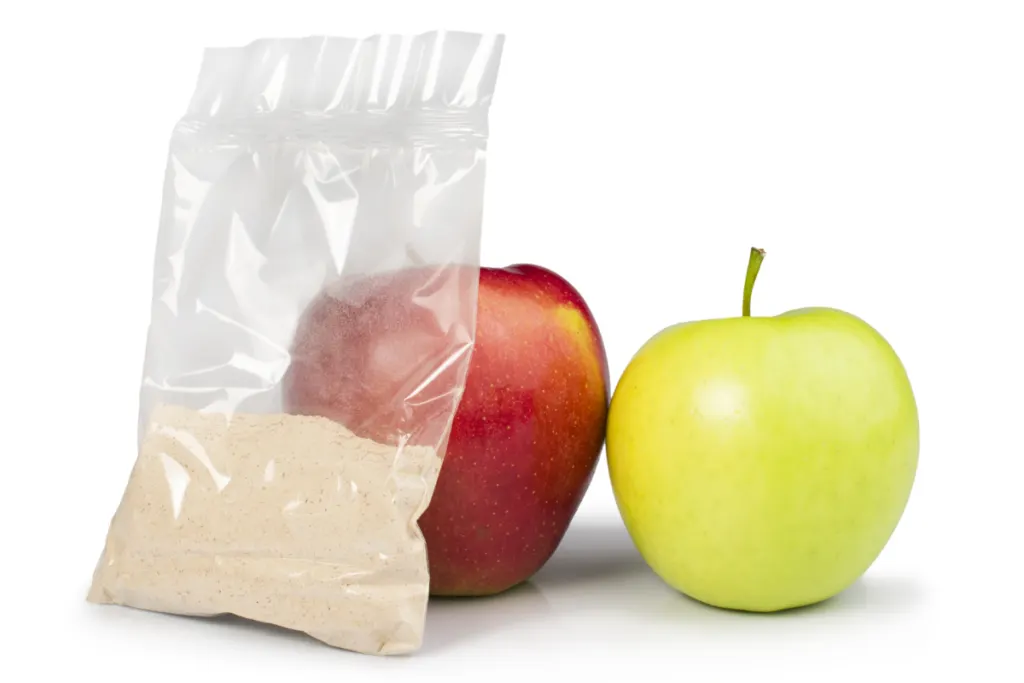
Thickening By Using a Base Ingredient
Use Fruit and Vegetable Purees
Pureed fruits and veggies are a great way to thicken hot sauce and improve its flavor. Choose which ingredients will work well with your recipe and, most importantly, not alter its flavor. A handful of cooked carrots or sweet potatoes can give your sauce natural richness and a delicate sweetness.
Avoid fruits and vegetables that are too liquid, as this may counter the thickening of your hot sauce. But you can reduce it after you’ve added the ingredients to help thicken it some more.
Use Bread or Bread Crumbs
You can even use torn pieces of bread or bread crumbs and blend them into the hot sauce to also help thicken it. Use a milder flavored bread so as not to change the sauce’s flavor or reduce the heat level. If you’re using sourdough bread, you’ll want to increase the heat or the hot sauce by adding chili peppers or chili powder for a stronger flavor.
Soak the pieces of bread in the hot sauce first to soften them and make the blending easier. Bread crumbs, though, can be simply cooked into the sauce in a saucepan over low to medium heat.
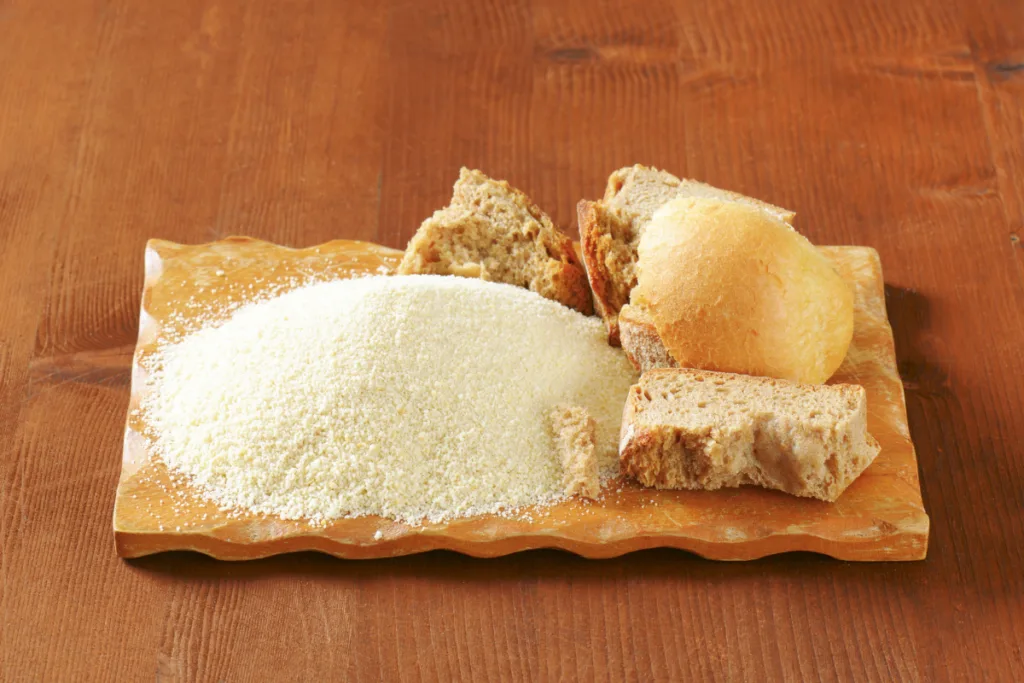
Use Tomato Paste
Do you want to add a rich depth and body to your hot sauce? Tomato paste is another one of these great options to consider. Hot sauce can be converted with a dab of tomato paste into a meaty pleasure that sticks to your tongue buds.
If you have a can of tomato paste or even tomato sauce on hand, combine it with the runny hot sauce in a saucepan and boil. This is not only one of the simplest ways to thicken your sauce but also add flavor to it. If you’re gonna make this sauce, then consider doing this. Stir and heat for 5 minutes or until well blended and warmed through.
FAQs
Why is my hot sauce thin?
It’s typical to experience separation with altered homemade hot sauces, as commercial formulations frequently contain a stabilizer. If your homemade hot sauce has simply separated, just give it a shake to remix it, and you’re done.
Can you dilute hot sauce with water?
Yes, you can dilute hot sauce by adding water for a milder spiciness, but it’ll also give it a milder flavor. So, try to adjust the amount you use and add other seasonings.
How do you make hot sauce more thinner?
To make hot sauce thinner, add a liquid component such as water, vinegar, or citrus juice in small increments until you achieve the desired consistency. Adjust gradually and taste as you go to maintain the flavor balance.
